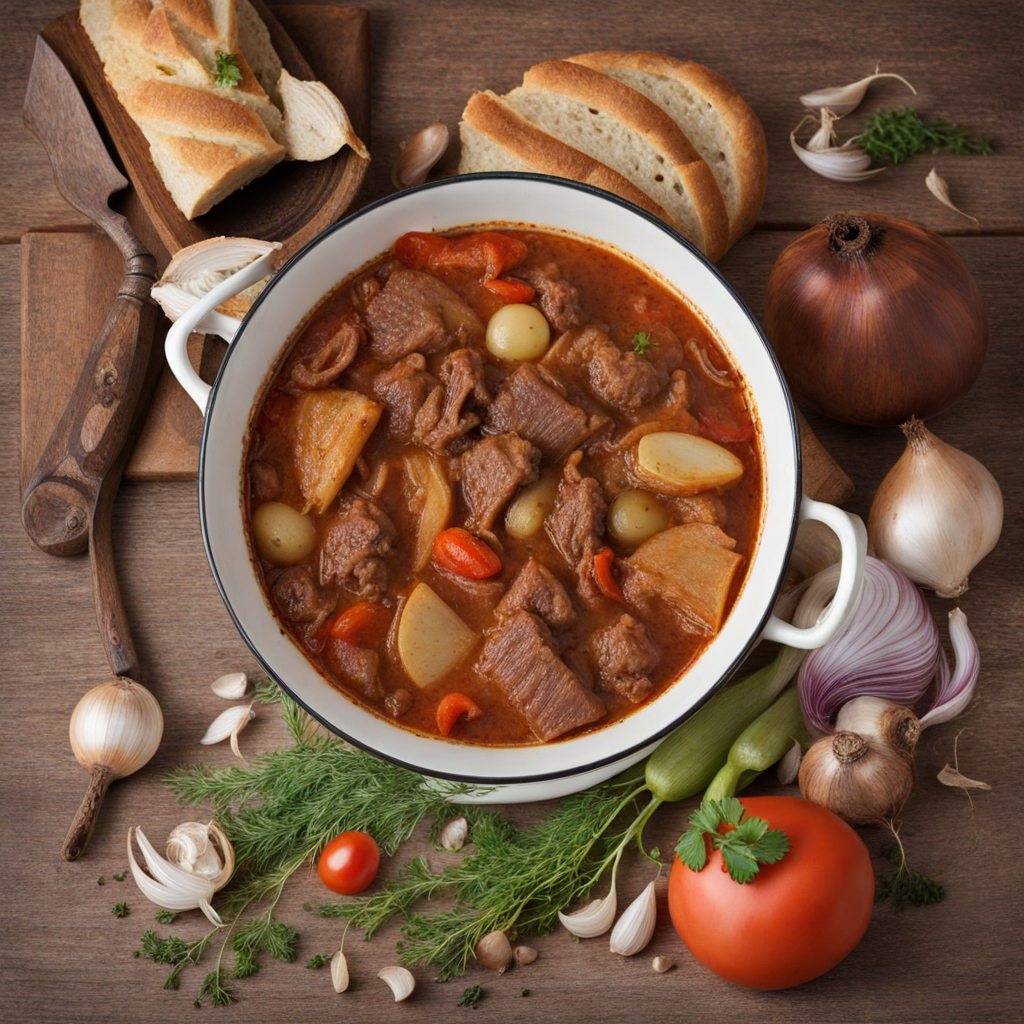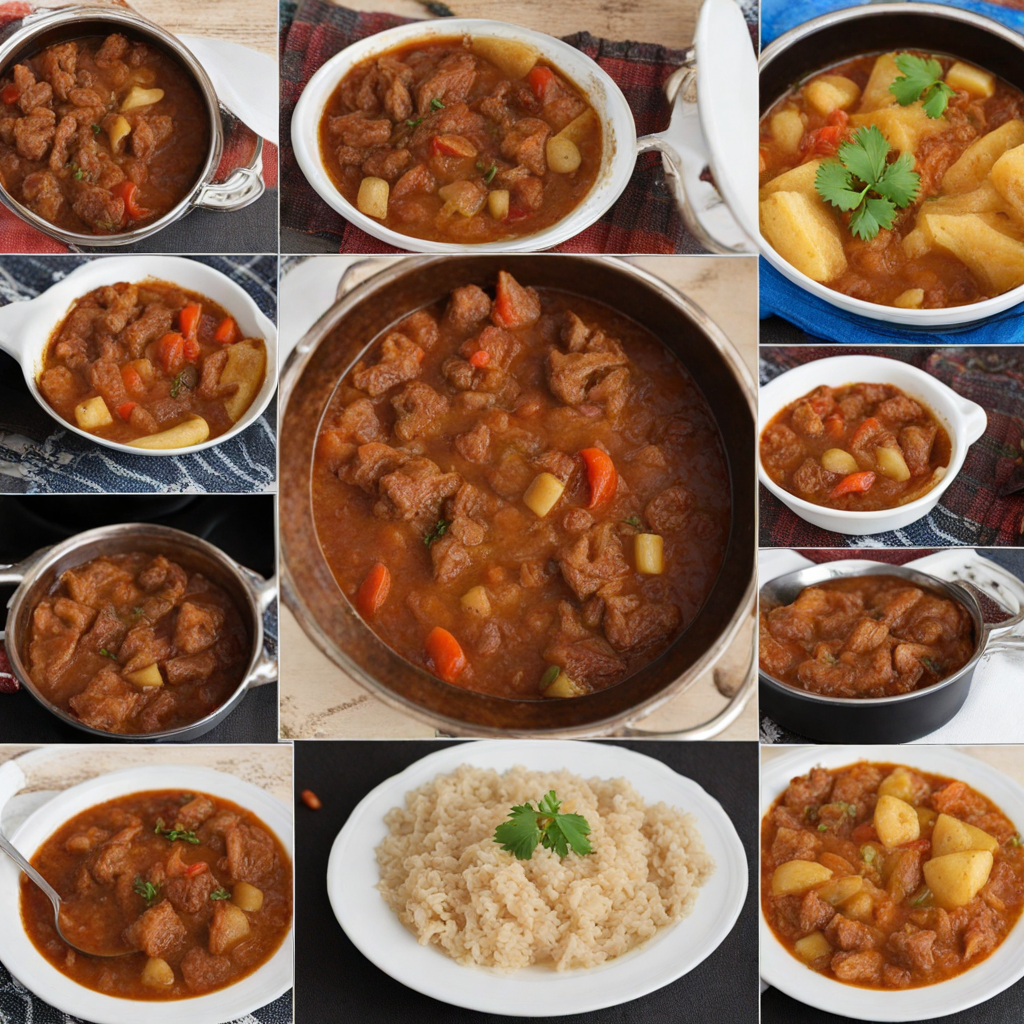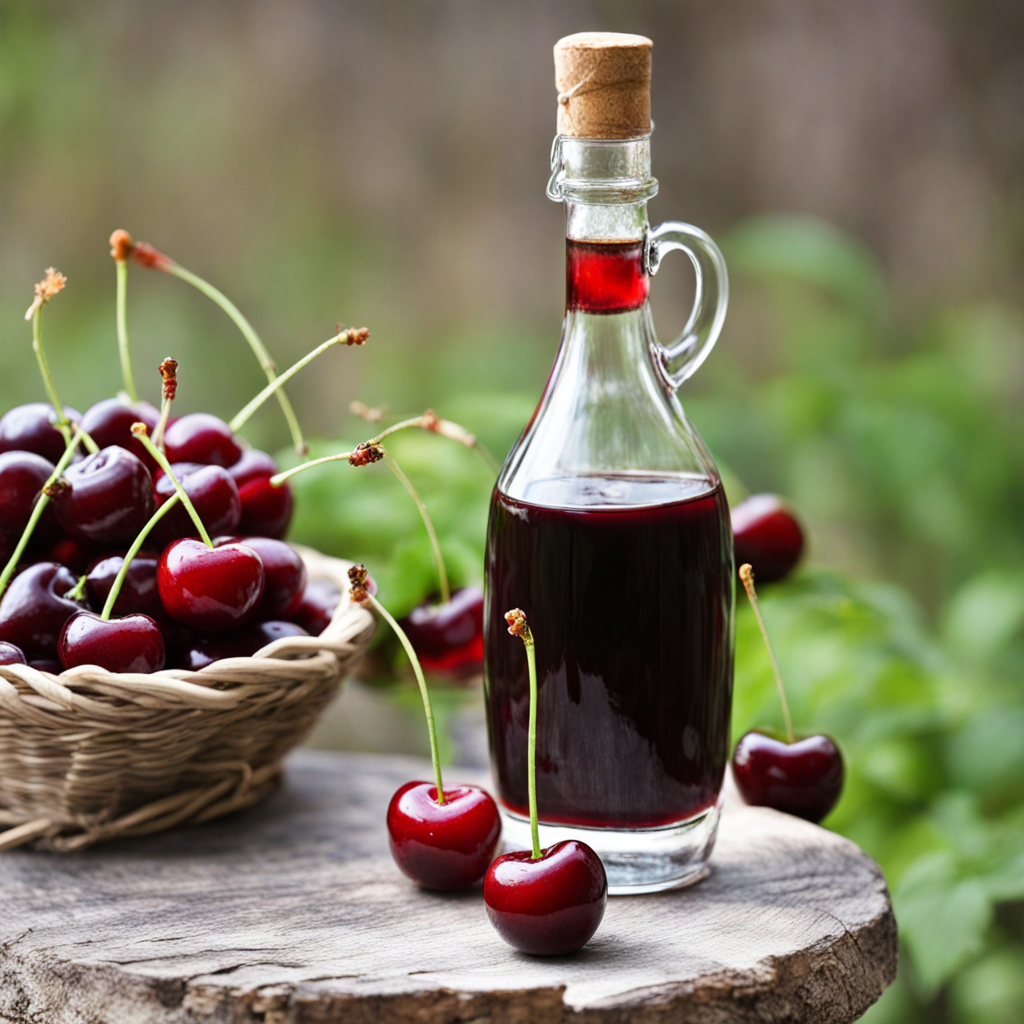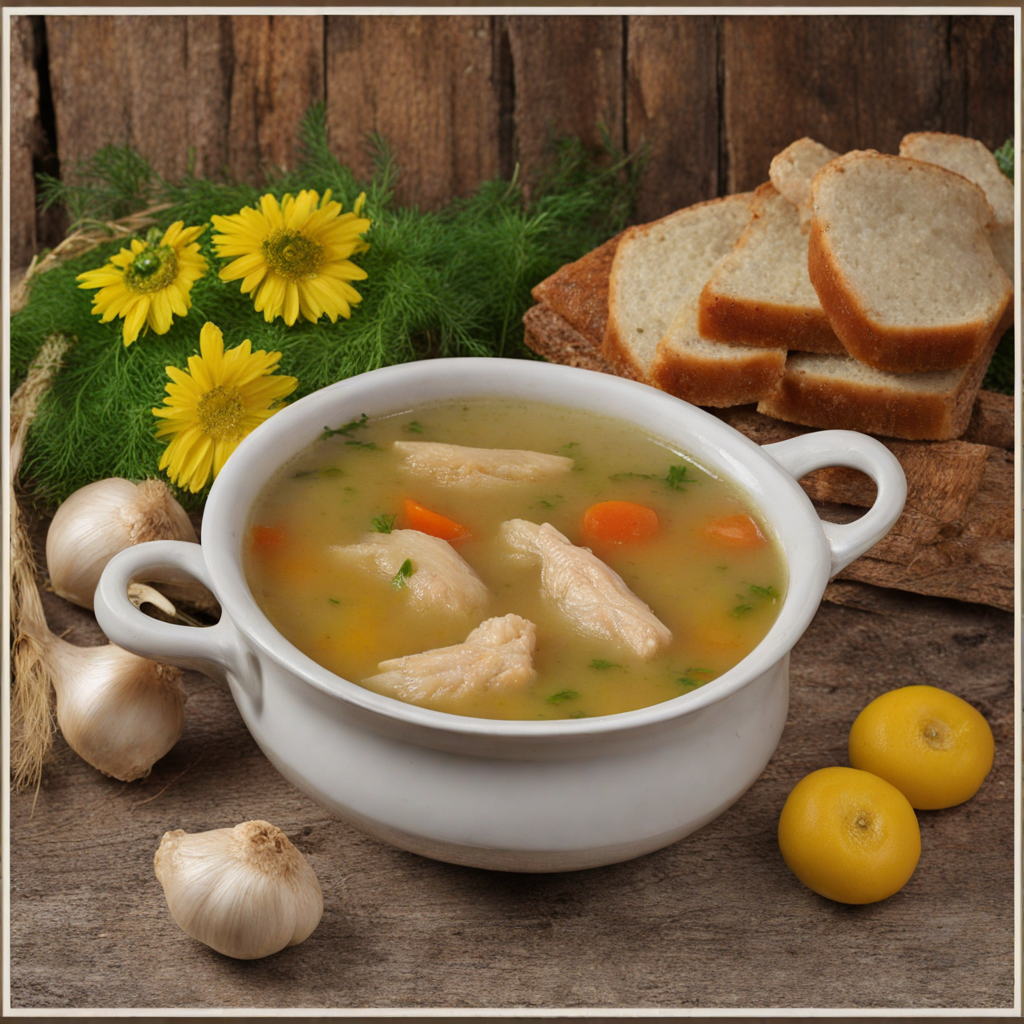Tocană
Tocană is a traditional Moldovan dish that embodies the heart and soul of Eastern European comfort food. This hearty stew is typically made with a variety of meats—most often pork or beef—combined with a medley of vegetables such as carrots, potatoes, and bell peppers. The ingredients are slow-cooked until tender, allowing the flavors to meld beautifully together. The dish is often seasoned with fresh herbs like dill and parsley, along with spices that enhance its rustic profile, creating a rich and savory experience for the palate. One of the defining characteristics of Tocană is its versatility. Each family might have its own twist on the recipe, incorporating seasonal vegetables or regional spices to reflect local tastes. Some variations might include beans or mushrooms, adding different textures and flavors to the mix. The slow-cooking process not only tenderizes the meat but also allows the vegetables to absorb the savory essence of the broth, making each bite a celebration of Moldovan culinary tradition. Tocană is typically served with a side of polenta or crusty bread, which complements the stew perfectly, allowing you to savor every drop of the flavorful sauce. This dish is not just a meal; it’s a communal experience, often enjoyed during family gatherings or festive occasions. With its comforting warmth and robust flavors, Tocană invites you to explore the authentic tastes of Moldova, promising a delightful journey for your taste buds.
How It Became This Dish
The History of Токана: A Culinary Gem of Moldova #### Origins Токана, a traditional dish from Moldova, embodies the heart and soul of Moldovan cuisine, reflecting its rich agricultural heritage and the influence of various cultures that have traversed this Eastern European region. The dish primarily consists of stewed meat—often pork or beef—cooked with an array of vegetables, including potatoes, onions, and bell peppers, all seasoned with aromatic spices such as paprika and garlic. The origins of токана can be traced back to the rural households of Moldova, where peasant communities relied on locally available ingredients to create hearty meals that could sustain them through the harsh winters. The word "токана" derives from the Romanian "tocană," which means "stew." This etymology hints at the dish's evolution through the Romanian-speaking regions and its adaptation over centuries. However, the stewing method itself has ancient roots, likely dating back to prehistoric times when early humans discovered the benefits of slow cooking meats and vegetables to enhance flavors and tenderize tough cuts. #### Cultural Significance Токана is more than just a dish; it is a cultural symbol that represents communal bonds, hospitality, and the agricultural lifestyle of Moldova. In Moldovan culture, food is a centerpiece of gatherings, celebrations, and family events. Токана often graces the table during important occasions such as weddings, harvest festivals, and family reunions, where it serves as a reminder of the agrarian lifestyle that has defined Moldovan society for centuries. Moldovan cuisine is characterized by its use of simple, fresh ingredients, and токана exemplifies this philosophy. The dish often incorporates seasonal vegetables and herbs, making it a reflection of the local terroir. This connection to the land emphasizes the importance of agriculture in Moldovan culture, where the rhythm of life is deeply intertwined with the seasons. Eating токана is an experience that evokes nostalgia for many Moldovans, reminding them of their childhood and the warmth of home-cooked meals prepared by their grandmothers. #### Development Over Time As Moldova's history unfolded, so too did the evolution of токана. The region has been shaped by various influences, including Ottoman, Russian, and Austro-Hungarian cuisines, which have contributed to the rich tapestry of Moldovan culinary traditions. Each wave of cultural exchange brought new ingredients and techniques, resulting in a dish that, while distinctly Moldovan, showcases a blend of flavors and styles. In the Ottoman period, spices became more accessible, and the use of paprika and cumin in токана can be traced back to this time. The introduction of potatoes from the Americas in the late 18th century transformed the dish, as this versatile tuber became a staple in Moldovan kitchens. The adaptability of токана allowed it to absorb these influences while maintaining its essence, reflecting the resilience of Moldovan culinary traditions. During the Soviet era, food production and distribution underwent significant changes, which impacted how токана was prepared and consumed. With state-controlled agriculture, many families turned to simpler, more economical recipes that could feed large numbers of people. This led to variations of токана that emphasized less expensive cuts of meat and more root vegetables. The dish became a symbol of sustenance during difficult times, embodying the spirit of resourcefulness. In contemporary Moldova, токана has seen a resurgence as a point of national pride. As the country has sought to define its identity following independence from the Soviet Union in 1991, traditional dishes like токана have been celebrated as vital components of Moldovan heritage. Chefs and home cooks alike are revisiting the dish, experimenting with modern techniques while honoring its traditional roots. The emphasis on farm-to-table practices has also revived interest in local ingredients, allowing токана to be made with the freshest produce and meats. #### Modern Interpretations Today, токана is often served in restaurants and is a staple at festive gatherings. While the classic version remains beloved, chefs are experimenting with variations that incorporate international flavors and contemporary cooking methods. Some may add wine or even sour cream to create a richer sauce, while others might include additional spices or herbs to elevate the dish. Moreover, токана has become a popular dish among the Moldovan diaspora, serving as a culinary link to their homeland. Many Moldovans living abroad prepare токана to share their culture with friends and family, creating a sense of belonging and nostalgia. This phenomenon highlights how food can transcend geographical boundaries, acting as a bridge between generations and cultures. In recent years, initiatives promoting traditional Moldovan cuisine have gained traction, with токана being featured in food festivals and culinary competitions. These events celebrate not only the dish itself but also the stories and traditions behind it, fostering a renewed appreciation for Moldova's culinary heritage among younger generations. #### Conclusion Токана is more than just a comforting stew; it is a dish steeped in history and cultural significance, encapsulating the essence of Moldovan life. From its humble beginnings in rural kitchens to its place at the center of modern culinary revival, токана reflects the resilience, adaptability, and warmth of Moldova’s people. As it continues to evolve, this beloved dish remains a testament to the rich agricultural traditions and communal spirit that define Moldovan culture. In a world where globalization often threatens local culinary identities, токана stands as a proud symbol of Moldova's heritage—an invitation to share a meal, tell a story, and celebrate the flavors of a land that has nurtured its people for generations. Whether enjoyed at a family gathering or in a bustling restaurant, токана reminds us of the power of food to connect us to our roots and to each other.
You may like
Discover local flavors from Moldova







